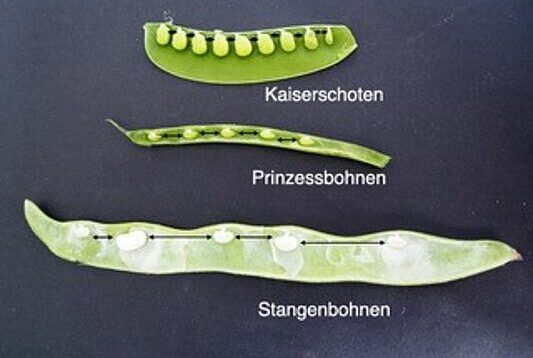
Cocoa is in great demand on the world market, but there are many different ways to increase production. A research team has now investigated the relative importance of the use of pesticides, fertilisers and manual pollination in a well replicated…
Read More












